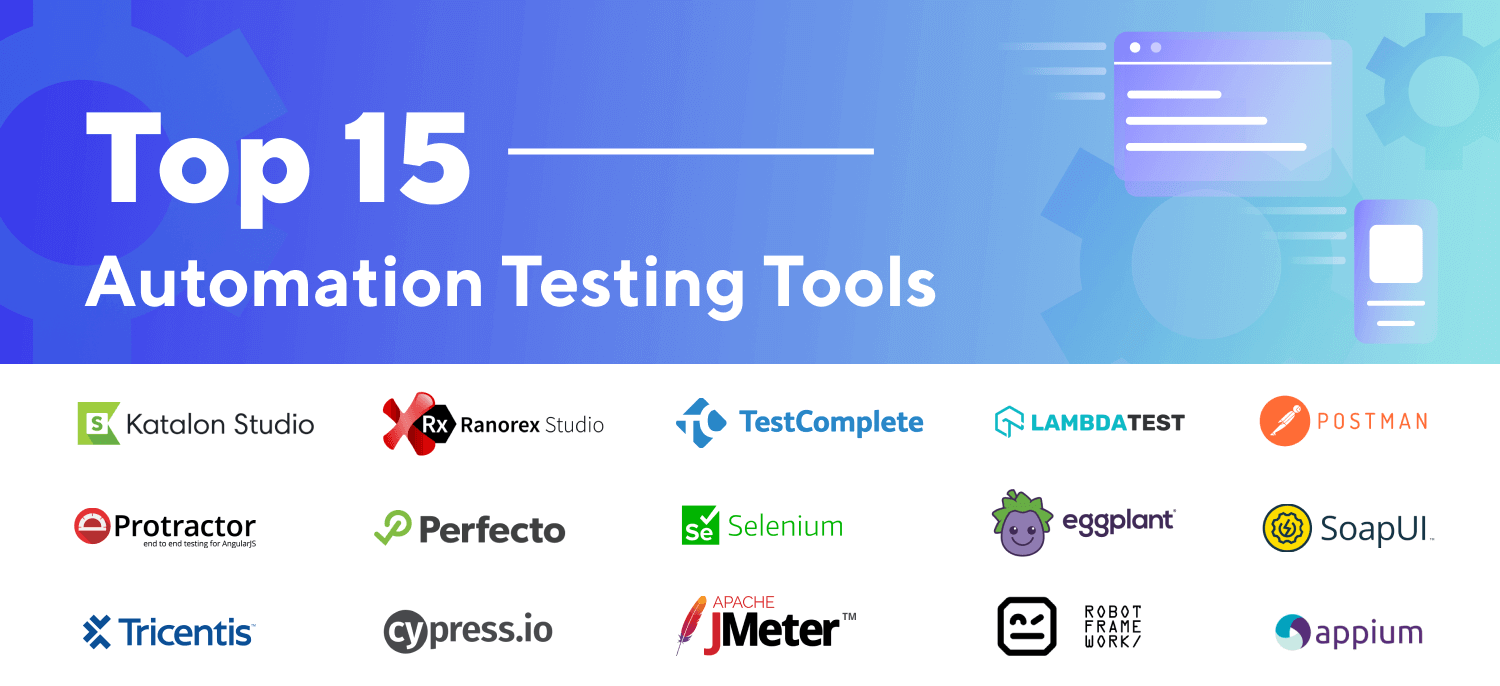Revolutionizing Testing: Unleashing the Power of Rapid Test Automation Tools
Revolutionizing Testing: Unleashing the Power of Rapid Test Automation Tools
Blog Article

Welcome to the future of software testing. As technology evolves at a staggering pace, so too must our approaches to ensuring the quality and functionality of digital products. In this rapidly changing landscape, the importance of efficient testing methodologies cannot be overstated. This is where the power of Rapid Test Automation tools comes into play, offering a revolutionary solution to the challenges faced by modern software development teams.
Gone are the days of manual testing processes that are time-consuming, error-prone, and simply cannot keep up with the demands of today's fast-paced development cycles. Rapid Test Automation tools provide a game-changing alternative, enabling organizations to automate repetitive testing tasks and achieve faster, more reliable results. The advent of these cutting-edge tools signifies a paradigm shift in the way testing is approached, empowering teams to streamline their processes, enhance testing coverage, and ultimately deliver higher quality software products to market faster than ever before.
Benefits of Rapid Test Automation
Automating testing processes through rapid test automation tools brings a multitude of advantages to software development teams. Firstly, it significantly reduces the time required to run test cases, enabling faster feedback loops and accelerating the overall software delivery process. This speed in testing translates to quicker detection and resolution of defects, leading to higher quality software being produced.
Another key benefit of rapid test automation is the repeatability it offers. Once test scripts are created, they can be run consistently, eliminating human error that may occur during manual testing. This ensures that tests are executed in a uniform manner every time, enhancing the reliability of the testing process and increasing the confidence in the quality of the software being tested.
Moreover, rapid test automation tools enable teams to achieve higher test coverage in a shorter timeframe compared to manual testing methods. By automating repetitive and time-consuming test cases, testers can focus on more complex scenarios and edge cases that require human intelligence, ultimately resulting in a more thorough evaluation of the software's functionality.
Key Features of Test Automation Tools
Test automation tools offer a wide range of key features that empower testing teams to conduct efficient and effective testing processes. One essential feature is the ability to automate repetitive tasks, saving time and reducing the risk of errors. By automating test scenarios, teams can ensure consistent test execution and improve overall testing accuracy.
Another crucial feature of test automation tools is the support for various programming languages and frameworks. This flexibility allows testing teams to choose the most suitable tools based on their expertise and project requirements. With support for popular languages such as Java, Python, and C#, teams can leverage their existing skills to create robust automation scripts that align with industry best practices.
Furthermore, test automation tools often provide comprehensive reporting and analysis capabilities. These features enable testing teams to gather valuable insights into test results, identify trends, and make data-driven decisions to enhance the quality of the software under test. Detailed reports and analytics empower teams to track testing progress, pinpoint areas for improvement, and ensure that testing efforts align with project goals.
Best Practices for Effective Test Automation
When it comes to ensuring successful test automation, thorough planning is key. Setting clear objectives, defining test cases, and selecting the right tools are crucial steps for a smooth automation process. Additionally, establishing a robust framework that includes reporting mechanisms and error handling procedures can help in efficiently managing and monitoring automated tests.
Test Automation IDE
Collaboration between developers, testers, and other stakeholders is essential for effective test automation. Regular communication and feedback loops can aid in identifying issues early on and ensuring alignment with project goals. Encouraging a culture of shared responsibility and continuous improvement within the team can further enhance the overall effectiveness of test automation initiatives.
Continuous evaluation and refinement of automated test scripts are vital for maintaining relevance and reliability over time. Regular updates to accommodate changes in the application under test and addressing any identified gaps or weaknesses can prevent automation from becoming obsolete. By prioritizing maintenance and optimization efforts, organizations can sustain the benefits of test automation in the long run.
Report this page